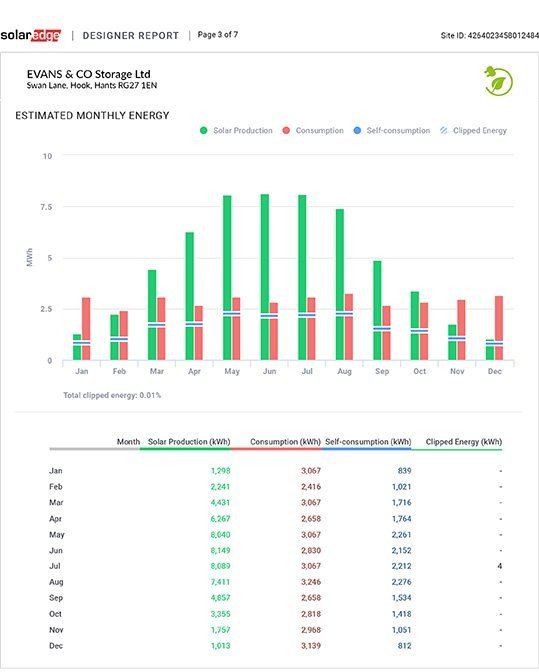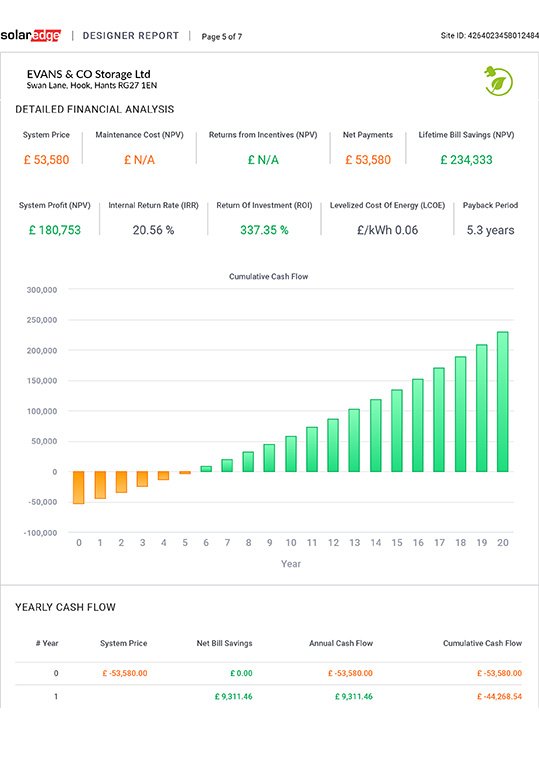UK Green Energy Installations have had a busy start to the year with installations of MyEnergi products in Surrey, Hampshire and Berkshire.
MyEnergi Range of Products
MyEnergi products are ideal for domestic users looking to benefit from energy savings. Designed to work together seamlessly, as well as controlled and monitored all in one app, the MyEnergi products are ideal for installing in the homes and consist of:
Zappi - EV car charging point
Eddi - diverter for diverting your energy to heat your hot water
Libbi - battery storage for storing your energy
Zappi - EV Charger
This nifty and intelligent EV charger is designed to work with or without solar functionality, provides users with greater flexibility.
First-ever solar EV charger of its kind
Flexibility - configure with or without solar
Three charging modes including: Eco, Eco plus, Fast
Eddi - Diverter for Heating Hot Water
This intelligent diverter allows you to divert your green energy from your solar panels to heat your water!
Utilises state-of-the-art-technology to monitor PV performance and energy consumption
Eddi easily connects into any existing micro-generation system
Eddi offers 6 key functions
Libbi - Battery Storage
One of the main benefits of including the Libbi battery storage system as well as MyEnergi’s other solution means everything can be monitored and controlled in one app!
Libbi is modular by design. Each module can store up to 5kWh of electricity, so combining 4 of them together would provide up to 20kWh of storage.
Already know about the products and just want information on installation for MyEnergi products in Surrey Hampshire or Berkshire - then get in touch and we’ll love to give you a no obligation quotation.
Zappi - EV Car Charging Point from MyEnergi
Eddi - Diverter for Hot Water
Libbi - Battery Storage
















